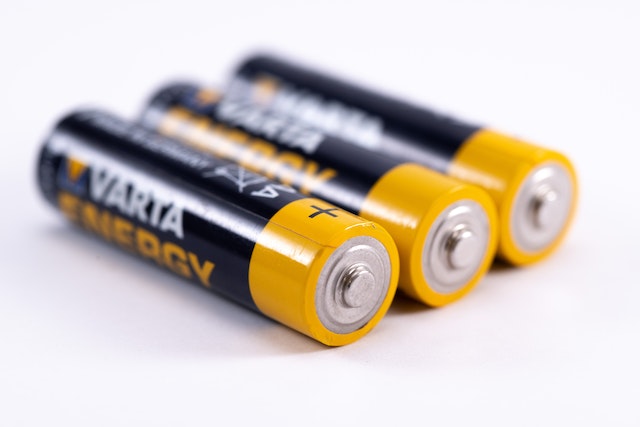In the age of portable electronics, electric vehicles, and renewable energy, the role of batteries has become increasingly pivotal in our lives. From smartphones to laptops to electric cars, batteries have revolutionized the way we live, work, and play. At the heart of every battery is a crucial component that often goes unnoticed but is essential for its performance – the battery electrode film. In this blog, we’ll explore the significance of battery electrode films, their types, and their role in powering the future.
The Fundamental Role of Battery Electrode Films
Battery electrode films are the unsung heroes of energy storage. These thin, flat, and flexible sheets of material are responsible for storing and releasing electrical energy within a battery. Essentially, they serve as the critical interface between the anode and cathode within a battery cell. As we all know, the chemical reactions taking place in these electrodes are what allow batteries to store and discharge energy, and the electrode film plays a crucial role in facilitating these reactions.
Types of Battery Electrode Films
- Anode Electrode Film: The anode electrode film, commonly made of materials like graphite, silicon, or lithium, plays a significant role in the discharge phase of a battery. During discharge, it allows the movement of positively charged ions, such as lithium ions, from the anode to the cathode. This movement generates electrical current that powers your devices.
- Cathode Electrode Film: The cathode electrode film, usually composed of materials like lithium cobalt oxide or lithium iron phosphate, is responsible for the reverse reaction during charging. It enables the flow of negatively charged ions from the cathode to the anode, which stores energy in the battery for later use.
- Separator Films: While not strictly an electrode film, separator films are an essential part of battery design. These thin, porous membranes separate the anode and cathode while allowing the passage of ions. Separator films play a crucial role in preventing short circuits and ensuring the safe operation of batteries.
Materials and Advancements
Advancements in battery technology are continuously pushing the boundaries of what battery electrode films can achieve. Researchers are exploring new materials, such as solid-state electrolytes, to improve battery performance and safety. Silicon anode films, for instance, are gaining attention for their potential to increase energy density in lithium-ion batteries. Additionally, scientists are investigating novel manufacturing processes and coatings to enhance the durability and longevity of electrode films.
The Importance of Electrode Film Quality
The quality of the electrode film directly affects the performance and lifespan of a battery. High-quality films can improve energy density, charging speed, and overall battery life. Poor-quality films, on the other hand, can lead to issues like battery degradation, reduced capacity, and even safety concerns. Hence, manufacturers and researchers are continually working to develop electrode films with improved characteristics.
